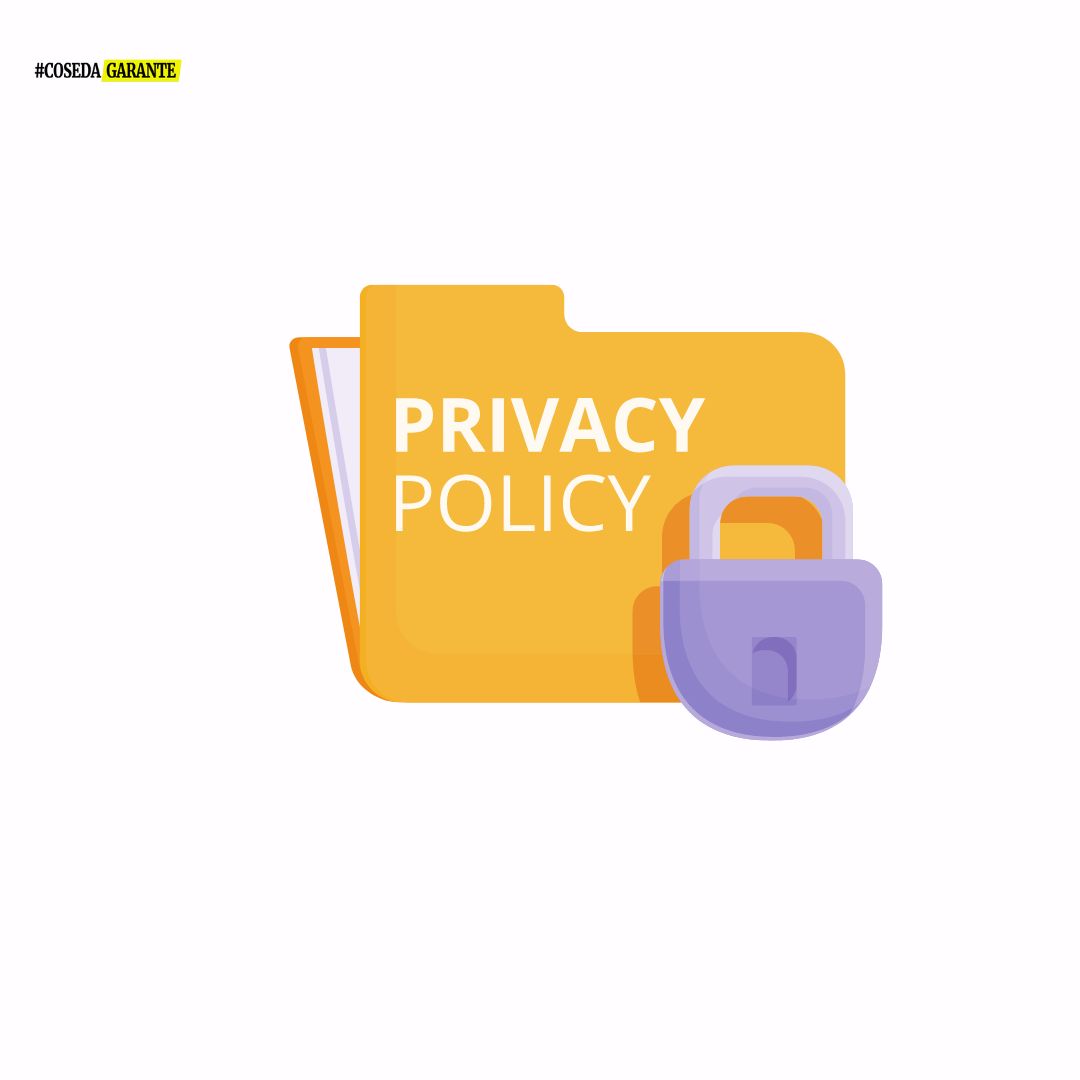N. 158/2023 LE TRE NEWS DI OGGI: Auto connesse uguale tanti nuovi servizi a nostra disposizione: ci fanno sentire la musica preferita, danno indicazioni aggiornate su traffico e meteo e ci permettono di controllare a distanza tante cose. Appare tutto molto bello ma Mozilla Foundation lancia l’allarme: questi veicoli raccolgono tantissime informazioni – anche personali …

